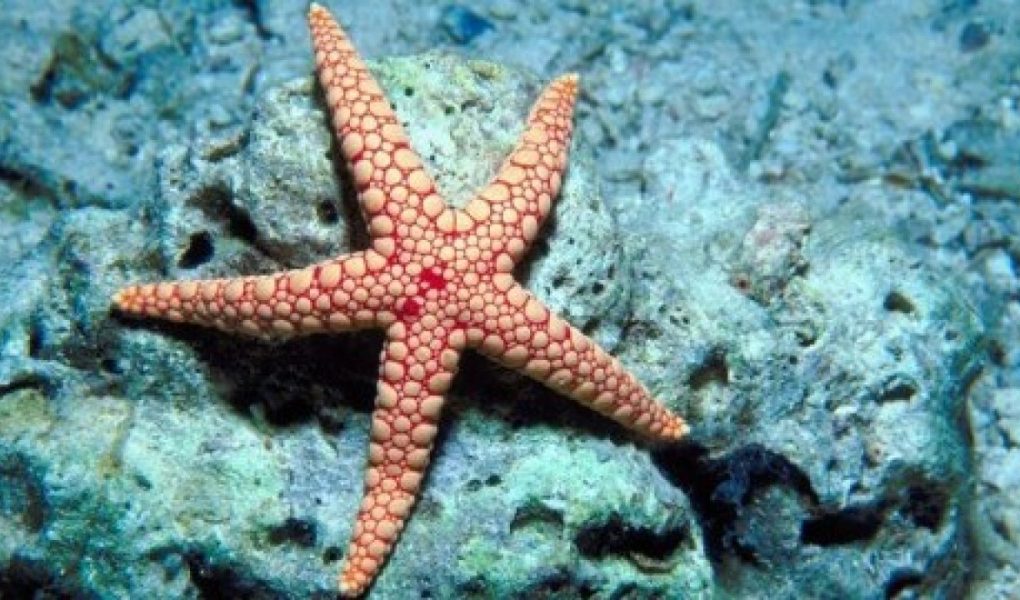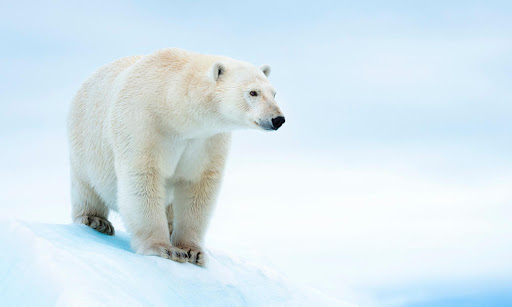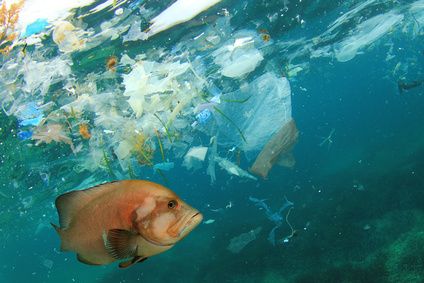Which ocean is the largest on our planet? – B: Pacific Ocean. It’s a … of cake
Hãy nhập câu hỏi của bạn vào đây, nếu là tài khoản VIP, bạn sẽ được ưu tiên trả lời.


1. Where is the Bermuda Triangle?
A. In the Atlantic Ocean
B. In the Arctic Ocean
C. In the Pacific Ocean
D. In the Southern Ocean
2. What is NOT a way to protect the ocean?
A. Keeping the plastics out of the sea.
B. Asking people to keep the ocean clean together.
C. Recycling most everything.
D. Always throwing plastics into the ocean.
3. There are five oceans on Earth: the Pacific, the Atlantic, the Indian, the Arctic and ___ .
A. the South
B. the Southern
C. the Western
D. the Northern
4. Choose the best answer
A. Because of marine debris, lots of animals get entangled, trapped or killed.
B. Thanks to marine debris, animals in the ocean can have a better life.
C. Marine debris is human-created waste that has been discharged into the marine environment, the land or the atmosphere.
D. Marine debris only affects animals in the ocean. It doesn't have any negative impacts on people.5. What animal is it?

A. Jellyfish
B. Sea turtle
C. Octopus
D. Starfish6. On ___, the Southern Ocean has been officially recognized as one of the oceans on Earth.
A. 8 June 2021
B. 8 July 2021
C. 8 June 2020
D. 8 July 20207. It's ___. It lives in the Arctic.

A. an Arctic wolf
B. an Arctic fox
C. a polar bear
D. a panda8. Which species are in danger of extinction?
A. Sea lion, Tuna, Blue whales
B. Hawksbill turtle, Salmon, Sea lion
C. Sea lion, White shark, Tuna
D. Fin whale, Sea lion, Hector's dolphin
9. Choose the sentence that best describes the picture.

A. The fish looks very happy because there is a variety of waste around him.
B. There is a variety of waste in the sea, which makes the fish look unhappy.
C. The fish looks satisfied with the debris environment.
D. The sea is very clean without waste.
10. Don't throw plastics into the sea. Remember to carry a ___ bottle when going shopping, and ___ whenever possible!
A. reusable - renew
B. reusable - recycle
C. recycle - renew
D. recycle - reusable

The Indian Ocean is (a)_smaller_ (small) than the Atlantic Ocean but (b)__bigger__ (big) than the Arctic Ocean. The (c)__largest_ (large) ocean in the world is the Pacific, and it's also the (d)_deepest_ (deep). There's a place called Point Nemo in the Pacific Ocean, which is the (e)_furthest_ (far) point from land in the whole world. The astronauts in the International Space Station 400 kilometers in space are often (f)_closest_ (close) to Point Nemo than any other person on land.
Complete with the correct form of the adjective in parentheses.
The Indian Ocean is (a)__smaller________ (small) than the Atlantic Ocean but (b)_____bigger_____ (big) than the Arctic Ocean. The (c)____largest______ (large) ocean in the world is the Pacific, and it's also the (d)___deepest_______ (deep). There's a place called Point Nemo in the Pacific Ocean, which is the (e)____farthest______ (far) point from land in the whole world. The astronauts in the International Space Station 400 kilometers in space are often (f)___closer_______ (close) to Point Nemo than any other person on land.

Chọn D
Kiến thức: Đảo ngữ - sự hòa hợp chủ ngữ & động từ
Giải thích:
Cấu trúc đảo ngữ với trạng từ chỉ nơi chốn: Giới từ + danh từ chỉ nơi chốn + động từ chính + chủ ngữ.
hundreds of flat-tipped mountains => chủ ngữ số nhiều => nên phải là "are"
Sửa: is hundreds of => are hundreds of
Tạm dịch: Trên thềm của Thái Bình Dương là hàng trăm ngọn núi đỉnh bằng phẳng hơn một dặm bên dưới bên dưới mực nước biển

IV. Read the passage and choose the correct answer (A, B, C or D).
Earth, our beautiful home planet, is the only astronomical object to accommodate life (23) . . . . . we know it. Scientists believe Earth was (24) . . . . . approximately 4.5 billion years ago. It is the fifth-largest (25) . . . . . in our solar system. Its equatorial diameter is about 12,074 kilometres. Earth is the third-closest planet to the sun. The distance from Earth to the sun is roughly 149,600,000 kilometres. It (26) . . . . 365,3 days for Earth to orbit the sun, and 24 hours to rotate on its axis. The surface temperature ranges from -88 to 580C. Nearly 70 percent of Earth's surface is covered by ocean, (27) . . . . has an average depth of about 4 kilometres. In 2015 it was estimated that 7,3 billion humans are living on Earth.
23. A. as B. so C. because D. that
24. A. find B. formed C. found D. built
25. A. system B. planet C. star D. sun
26. A. has B. takes C. gets D. begins
27. A. what B. that C. which D. where

Question 23. New Zealand/divide/the North Island/the South Island/.
A: New Zealand is divided into the North Island or the South Island.
B: New Zealand divides into the North Island and the South Island.
C: New Zealand is divided into the North Island and the South Island.
D: New Zealand has divided into the North Island and the South Island.
Question 22. Alaska/a state/the USA/face/both Arctic Ocean/ the Pacific Ocean/.
A:Alaska, a state in the USA, faces both Arctic Ocean and Pacific Ocean.
B: Alaska is a state in the USA face both Arctic Ocean and Pacific Ocean.
C: Alaska is a state in the USA faces both Arctic Ocean and Pacific Ocean.
D: Alaska, a state in the USA face both Arctic Ocean and Pacific Ocean.
the biggest
piece